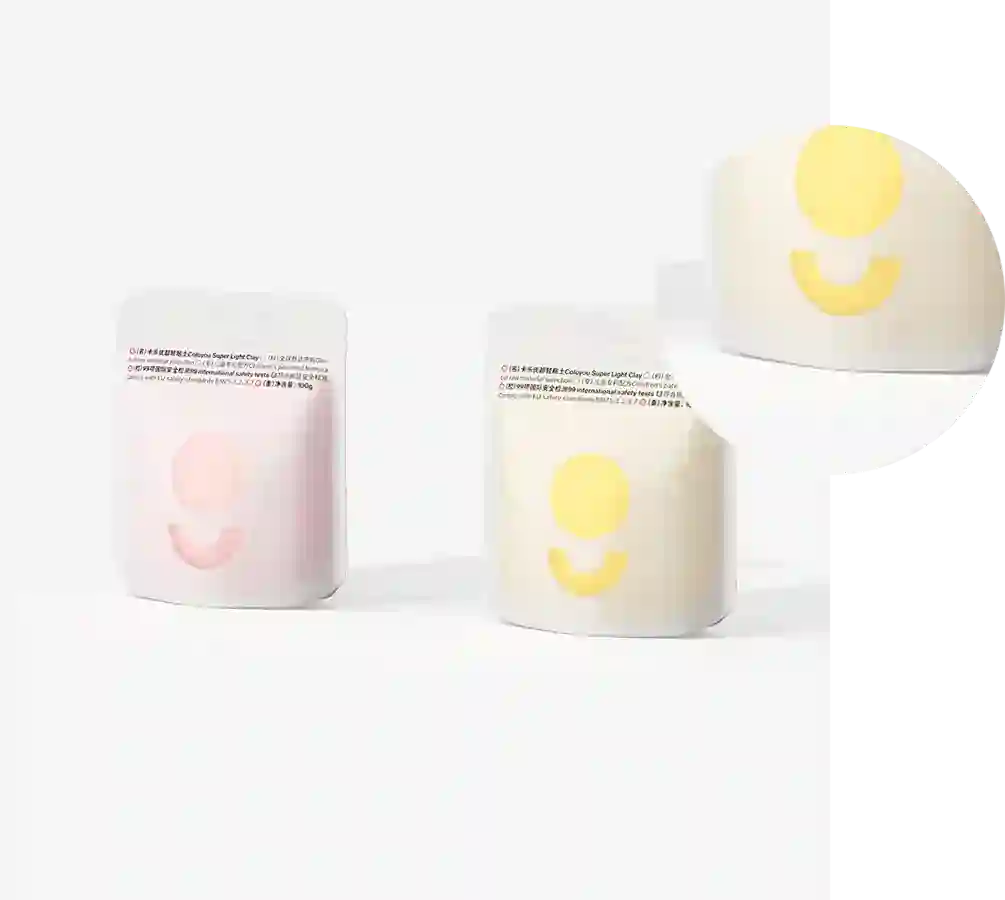- Afrikaans
- Albanian
- Amharic
- Arabic
- Armenian
- Azerbaijani
- Basque
- Belarusian
- Bengali
- Bosnian
- Bulgarian
- Catalan
- Cebuano
- chinese_simplified
- chinese_traditional
- Corsican
- Croatian
- Czech
- Danish
- Dutch
- English
- Esperanto
- Estonian
- Finnish
- French
- Frisian
- Galician
- Georgian
- German
- Greek
- Gujarati
- haitian_creole
- hausa
- hawaiian
- Hebrew
- Hindi
- Miao
- Hungarian
- Icelandic
- igbo
- Indonesian
- irish
- Italian
- Japanese
- Javanese
- Kannada
- kazakh
- Khmer
- Rwandese
- Korean
- Kurdish
- Kyrgyz
- Lao
- Latin
- Latvian
- Lithuanian
- Luxembourgish
- Macedonian
- Malgashi
- Malay
- Malayalam
- Maltese
- Maori
- Marathi
- Mongolian
- Myanmar
- Nepali
- Norwegian
- Norwegian
- Occitan
- Pashto
- Persian
- Polish
- Portuguese
- Punjabi
- Romanian
- Russian
- Samoan
- scottish-gaelic
- Serbian
- Sesotho
- Shona
- Sindhi
- Sinhala
- Slovak
- Slovenian
- Somali
- Spanish
- Sundanese
- Swahili
- Swedish
- Tagalog
- Tajik
- Tamil
- Tatar
- Telugu
- Thai
- Turkish
- Turkmen
- Ukrainian
- Urdu
- Uighur
- Uzbek
- Vietnamese
- Welsh
- Bantu
- Yiddish
- Yoruba
- Zulu
pharma desiccant packaging
The Importance of Pharma Desiccant Packaging in Pharmaceuticals
In the pharmaceutical industry, ensuring the stability and efficacy of medications is paramount. One of the critical aspects of preserving drug quality is the proper management of moisture content. Here is where pharma desiccant packaging plays a crucial role. By absorbing excess moisture, desiccants help to maintain optimal environmental conditions for pharmaceutical products, ultimately protecting their integrity and effectiveness.
Understanding Desiccants
Desiccants are hygroscopic substances that induce or sustain a state of dryness in their immediate vicinity. They are typically composed of materials like silica gel, activated carbon, or molecular sieves, which are designed to absorb moisture. In the context of pharmaceutical packaging, these materials are carefully chosen for their effectiveness and their non-reactive nature, ensuring they do not interact with the drugs themselves.
The Role of Desiccant Packaging
Pharmaceutical products, including tablets, capsules, and powders, can be highly susceptible to moisture. The presence of humidity can lead to several detrimental effects such as drug degradation, loss of potency, and the formation of clumps or other physical changes in products. This not only compromises the quality of the medication but can also have severe implications for patient safety and therapeutic outcomes.
Desiccant packaging, therefore, is integral to preserving the quality of pharmaceutical products throughout their lifecycle—from manufacturing and storage to transportation and eventual consumer use. By integrating desiccant packs into their packaging solutions, pharmaceutical companies can significantly extend the shelf life of their products, enhance stability, and preserve efficacy.
Key Benefits of Pharma Desiccant Packaging
pharma desiccant packaging

1. Moisture Control The primary benefit of pharmaceutical desiccants is their ability to control humidity levels within packaging. By maintaining a low moisture environment, they help prevent hydrolysis, which can lead to the breakdown of active pharmaceutical ingredients (APIs).
2. Shelf Life Extension Many drugs require specific storage conditions to ensure they remain effective over time. By utilizing desiccants, pharmaceutical companies can extend the shelf life of their products, thereby reducing waste and improving cost-efficiency.
3. Quality Assurance Desiccant packaging plays a crucial role in ensuring that pharmaceutical products meet stringent quality standards. Regulatory bodies closely monitor the stability and efficacy of medications, and effective moisture control is critical in complying with these regulations.
4. Consumer Confidence Patients and healthcare providers need assurance that the medications they use are safe and effective. By utilizing advanced desiccant systems, pharmaceutical companies can enhance product reliability, fostering trust and confidence among consumers.
Conclusion
The significance of pharma desiccant packaging cannot be overstated. As the pharmaceutical industry continues to evolve, with an increasing focus on patient safety and drug efficacy, the use of desiccants in packaging will likely become even more prevalent. They serve as a vital component in the broader strategy of ensuring the stability, safety, and effectiveness of medications.
In an age where precision and safety are paramount in healthcare, desiccant packaging stands out as an unobtrusive yet powerful solution to one of the industry's persistent challenges—moisture. By prioritizing effective packaging solutions, pharmaceutical companies not only protect their products but also ensure better outcomes for patients who rely on their medications. As further advancements in desiccant technology emerge, the pharmaceutical landscape will undoubtedly benefit, solidifying the place of desiccant packaging as a cornerstone of drug safety and quality assurance.













